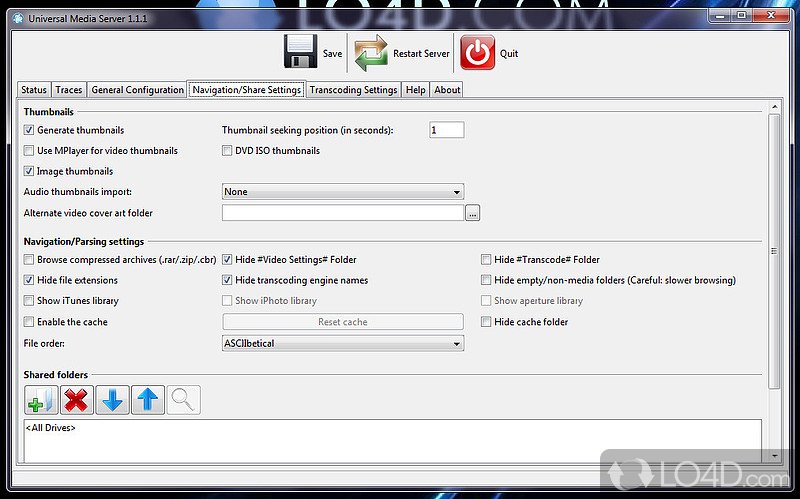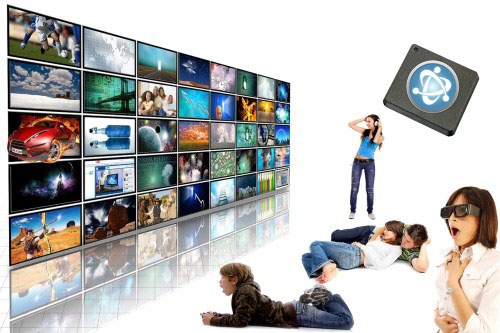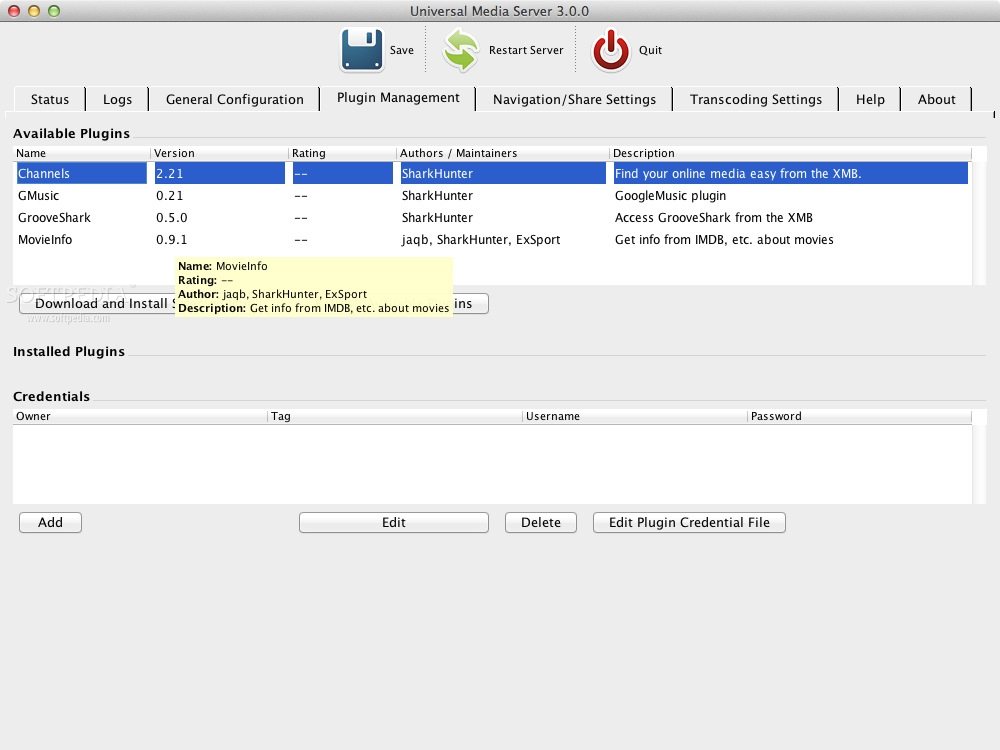


#Universal media server for ps4 Ps4
Want quick and easy access to all your favorite TV shows, movies, music, and videos? Coordinate everything with the officially licensed Universal Media Remote for PS4 and manage up to 4 devices-PS4, Set Top Box, TV, and Audio Receiver. Whether you’re listening to music, watching a video, or settling down with Netflix for the night, the Universal Media Remote for PS4 puts you in control right from the comfort of your couch. If switching controls from device to another device, please remember to press the appropriate DEVICES button (PS4, TV, AMP, CBL) first before pressing the desired button. If switching back to TV controls, please press the “TV” button in the DEVICES section of the remote, then press the TV related button.Īdditionally, the Volume Punch Through feature allows you control the volume without having to manually press the Devices buttons, once you have activated this feature.ġ ) Hold down the gray device key for the device that should always control volume and the MUTE key at the same time.Ģ) The red LED will flash 3 times to indicate Volume Punch Through is successful For example: If you are controlling the TV’s volume then decide to use the PS4 control buttons, please ensure to press the blue “PS4” button located in the DEVICES section of the remote first.
#Universal media server for ps4 full
What apps are compatible with the PS4 Media Remote?Īt launch, the number of apps that have full compatibility is a bit limited. Please check the link below for the full list. de controlled by a computer programmable universal remote control system. I've just read through this thread, and my conclusion (I don't have a PS4 for testing) is that this is most likely a network configuration issue.Why do I have to press the blue PS4 device key multiple times before the PS4 turns on? Any updates on the App list is done by Sony and Playstation and is not handled by PDP. Patuxent River, MD 20670-5304 70 - INT SERVER 2000 RACK MOUNT HARD DRIVE SOL.

To clear up some confusion, "4Stack=true" is a Java setting that tells the Java Virtual Machine (which runs UMS) to prefer IPv4 over IPv6 if both are available. This setting can be be to either "true" or "false" when launching Java (from the command line) or from a script. "ist" is an OS X specific file, so it doesn't exist on other platforms. UMS doesn't support IPv6, neither do most of the renderers out there. IPv6 support was added to the DLNA specification in the 2016 revision, and our UPnP library doesn't support IPv6 either. What is a mystery to me is how this can make any difference, as I'm very sure that I remember that UMS sets this to "true" during initialization anyway, overriding the value you might set at launch. Supported devices include Sony PlayStation 3 (PS3) and PlayStation 4 (PS4), Microsoft Xbox One and 360, many TVs (Samsung, Panasonic, Sony, Vizio, LG, Philips. The reason for this is very simple: as UMS only supports UPnP on IPv4 and so does most UPnP/DLNA devices, we don't want Java to only use IPv6 if both IP stacks are available. That will result in UMS not being able to "see" the renderers and vice versa. It's still impossible to ignore that so many of you have reported that turning off IPv4 for Java has helped with the issue. There must be something else going on, as UMS will enable it again. There must be some obscure thing happening if UMS is initialized in IPv6 mode before switching to IPv4 that influences the connection with the PS4.


 0 kommentar(er)
0 kommentar(er)
